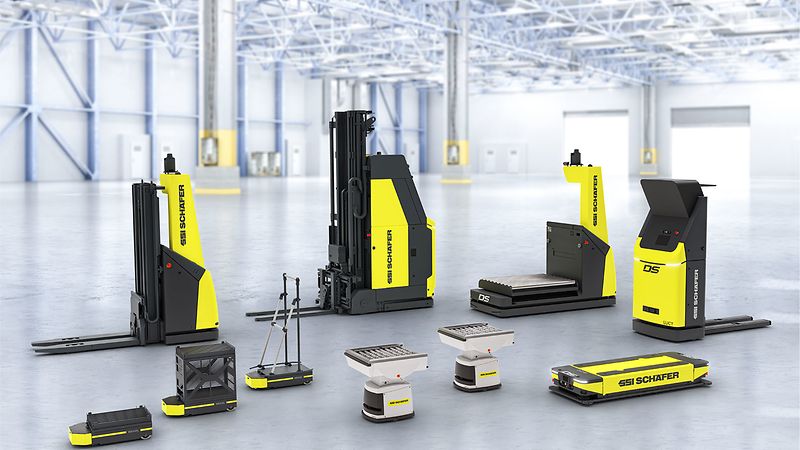
Intelligent Navigation
Advanced navigation technology enables the pallet jack to navigate autonomously, optimizing routes and avoiding obstacles for efficient material handling.

Load Sensing
Smart load sensing dynamically adjusts movement parameters based on load characteristics, ensuring optimal balance and stability for safe and efficient transportation

Remote Monitoring
User-friendly interfaces and remote control capabilities allow operators to monitor and control the pallet jack from a central location, enhancing visibility, real-time adjustments

Predictive Maintenance
Predictive maintenance algorithms and sensors monitor critical components, analyzing usage patterns to predict potential issues and schedule proactive maintenance
